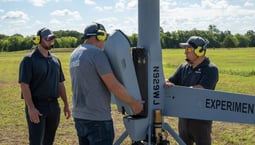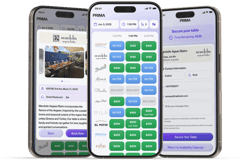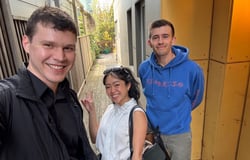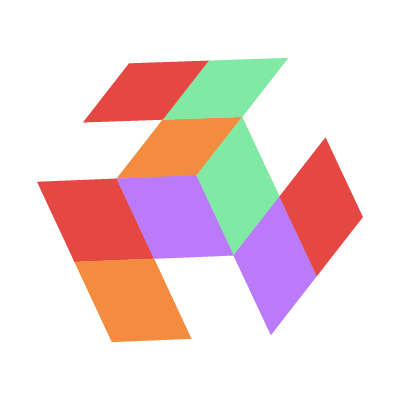What you'll do:
- Develop advanced perception algorithms — Design and implement robust algorithms for object detection, classification, and multi-target tracking across diverse sensor modalities.
- Implement sensor fusion frameworks — Integrate data from vision systems, radars, and other mission sensors using probabilistic and deterministic fusion techniques to generate accurate situational awareness.
- Develop state estimation capabilities — Design and refine algorithms for localization and pose estimation using IMU, GPS, vision, and other onboard sensing inputs to enable stable and accurate navigation.
- Analyze and utilize sensor ICDs — Interpret interface control documents (ICDs) and technical specifications for aircraft-mounted sensors to ensure correct data handling, interpretation, and synchronization.
- Optimize perception performance — Tune and evaluate perception pipelines for performance, robustness, and real-time efficiency in both simulation and real-world environments.
- Support autonomy integration — Work closely with autonomy, systems, and integration teams to interface perception outputs with planning, behaviors, and decision-making modules.
- Validate in simulated and operational settings — Leverage synthetic data, simulation environments, and field testing to validate algorithm accuracy and mission readiness.
- Collaborate with hardware and sensor teams — Ensure seamless integration of perception algorithms with onboard compute platforms and diverse sensor payloads.
- Drive innovation in airborne sensing — Contribute novel ideas and state-of-the-art techniques to advance real-time perception capabilities for unmanned aircraft operating in complex, GPS-denied, or contested environments.
- Travel Requirement – Members of this team typically travel around 10-15% of the year (to different office locations, customer sites, and flight integration events).
Required Qualifications:
- BS/MS in Computer Science, Electrical Engineering, Mechanical Engineering, Aerospace Engineering, and/or similar degree, or equivalent practical experience
- Typically requires a minimum of 7 years of related experience with a Bachelor’s degree; or 5 years and a Master’s degree; or 4 years with a PhD; or equivalent work experience.
- Background in implementing algorithms such as Kalman Filters, multi-target tracking, or deep learning-based detection models.
- Familiarity with fusing data from radar, EO/IR cameras, or other sensors using probabilistic or rule-based approaches.
- Familiarity with SLAM, visual-inertial odometry, or sensor-fused localization approaches in real-time applications.
- Ability to interpret and work with Interface Control Documents (ICDs) and hardware integration specs.
- Proficiency with version control, debugging, and test-driven development in cross-functional teams.
- Ability to obtain a SECRET clearance.
Preferred Qualifications:
- Hands-on integration or algorithm development with airborne sensing systems.
- Experience with ML frameworks such as PyTorch or Tensorflow, particularly for vision-based object detection or classification tasks.
- Experience deploying perception software on SWaP-constrained platforms.
- Familiarity with validating perception systems during flight test events or operational environments.
- Understanding of sensing challenges in denied or degraded conditions.
- Exposure to perception applications across air, maritime, and ground platforms.
Top Skills

What We Do
Founded in 2015, Shield AI is a venture-backed deep-tech company with the mission of protecting service members and civilians with intelligent systems. Its products include the V-BAT and X-BAT aircraft, Hivemind Enterprise, and the Hivemind Vision product lines. With nine offices and facilities across the U.S., Europe, the Middle East, and the Asia-Pacific, Shield AI’s technology actively supports operations worldwide.
Why Work With Us
What makes Shield AI special is our people. We unlock the power of autonomy, and in the face of overwhelming odds and challenges, we find ways to win and make a difference for our customers. We bring together software, AI, and aerospace engineering disciplines to deploy the most intelligent aviation capabilities in the world.
Gallery








